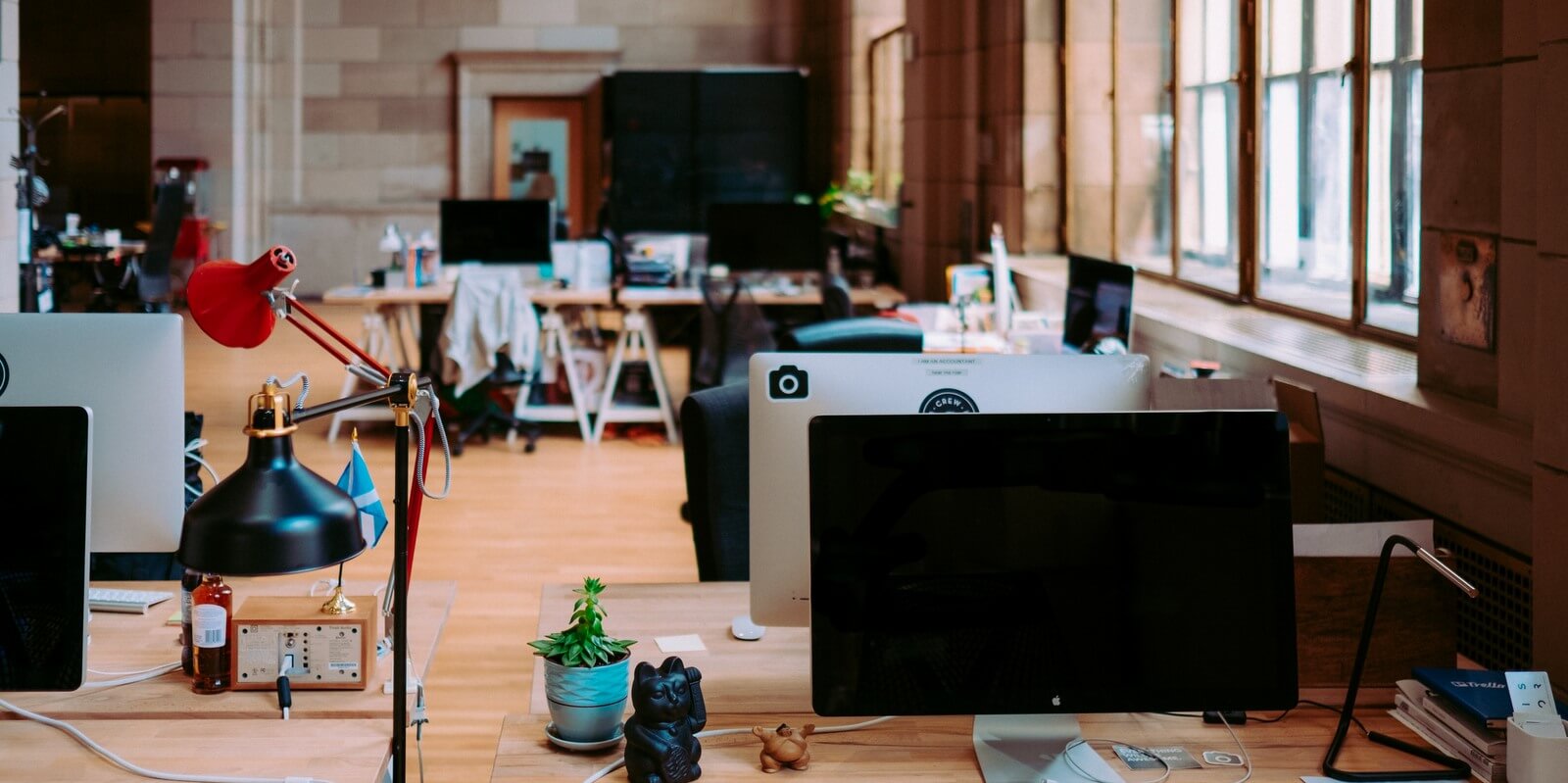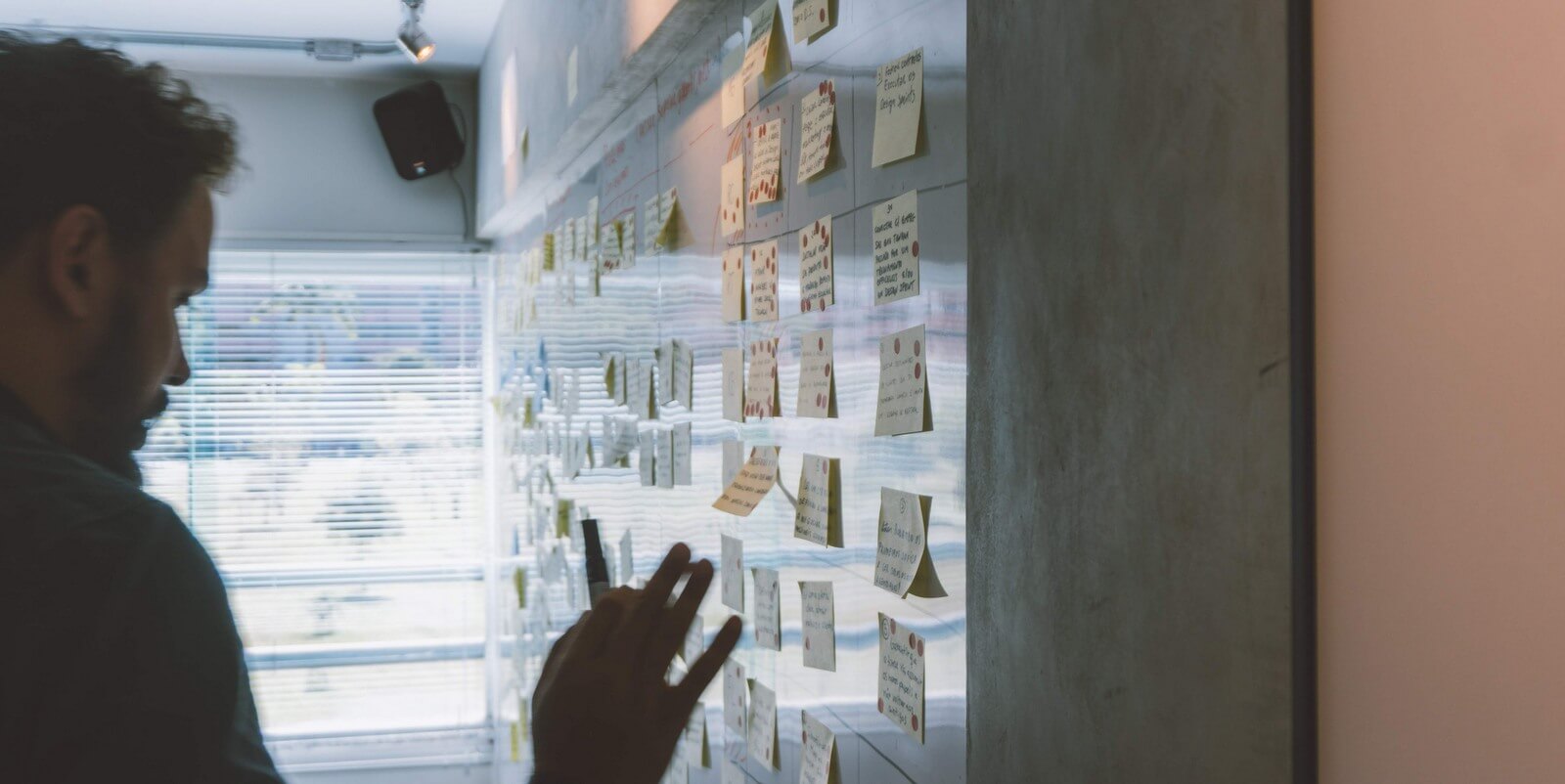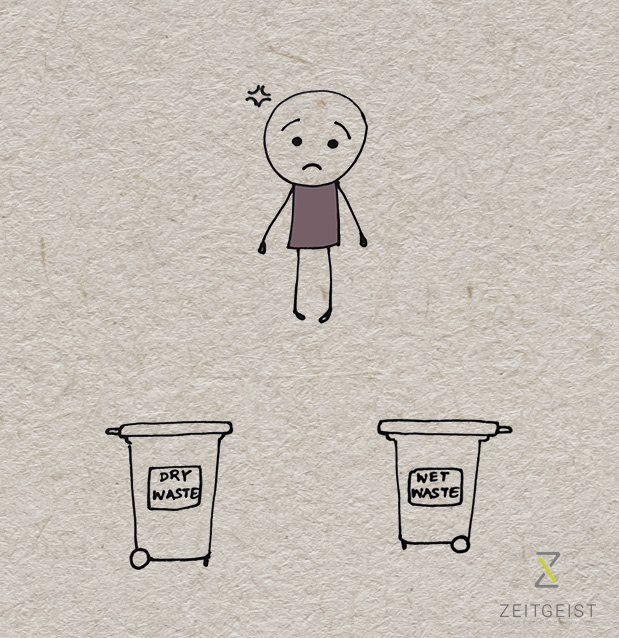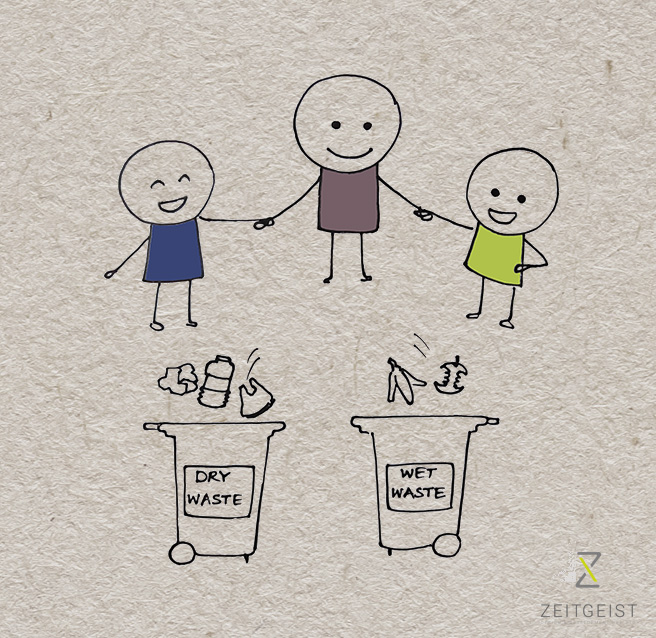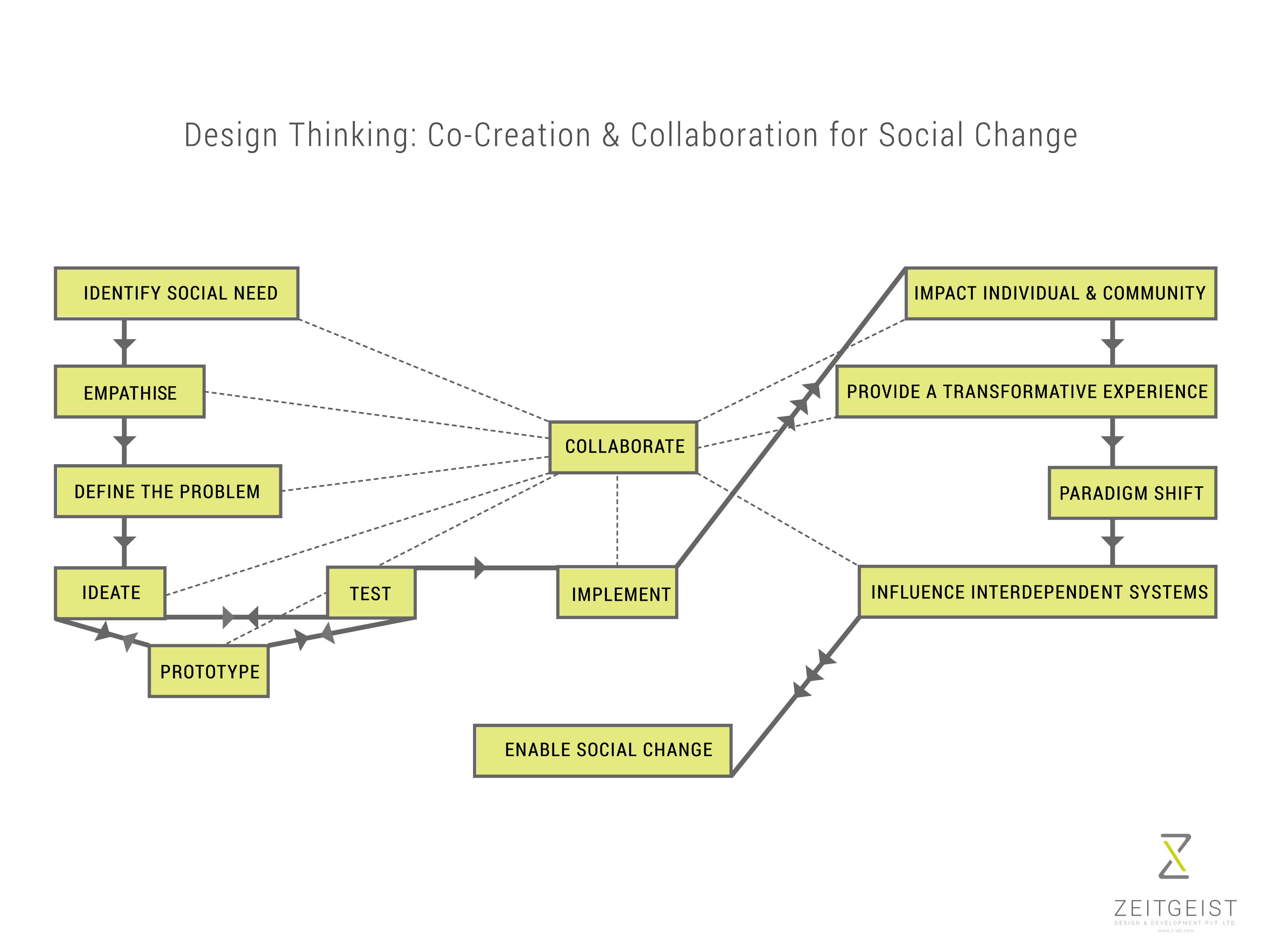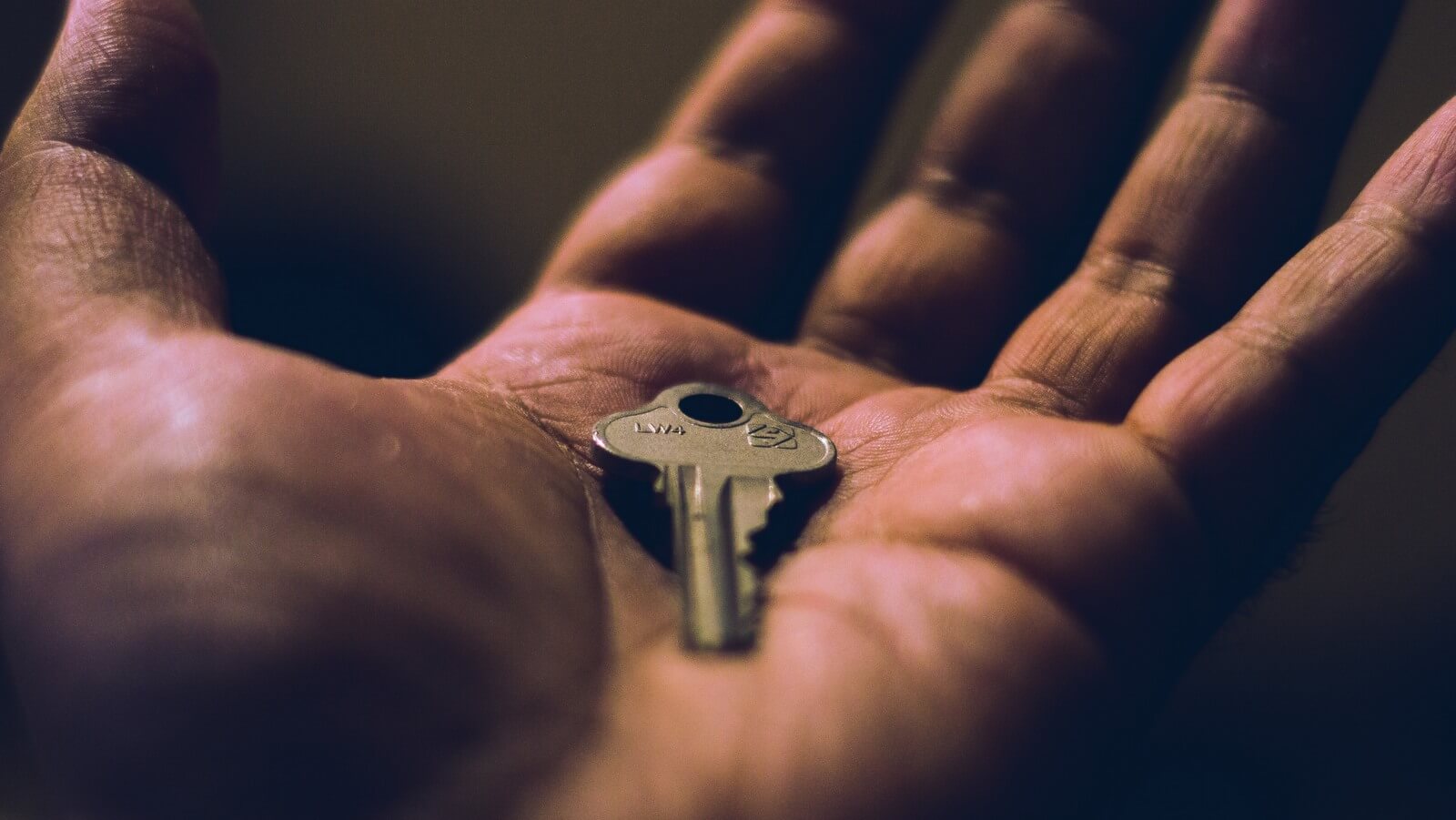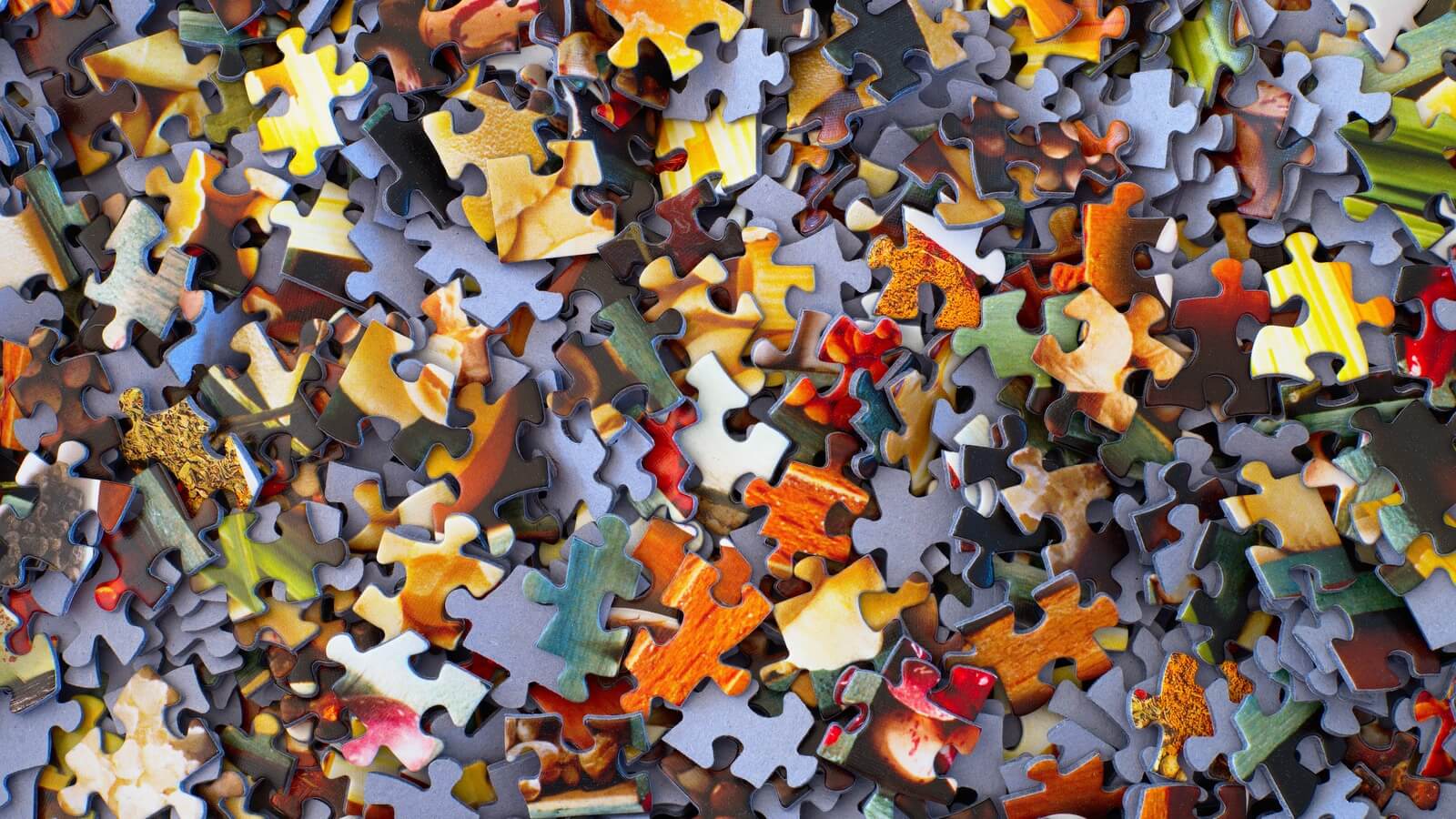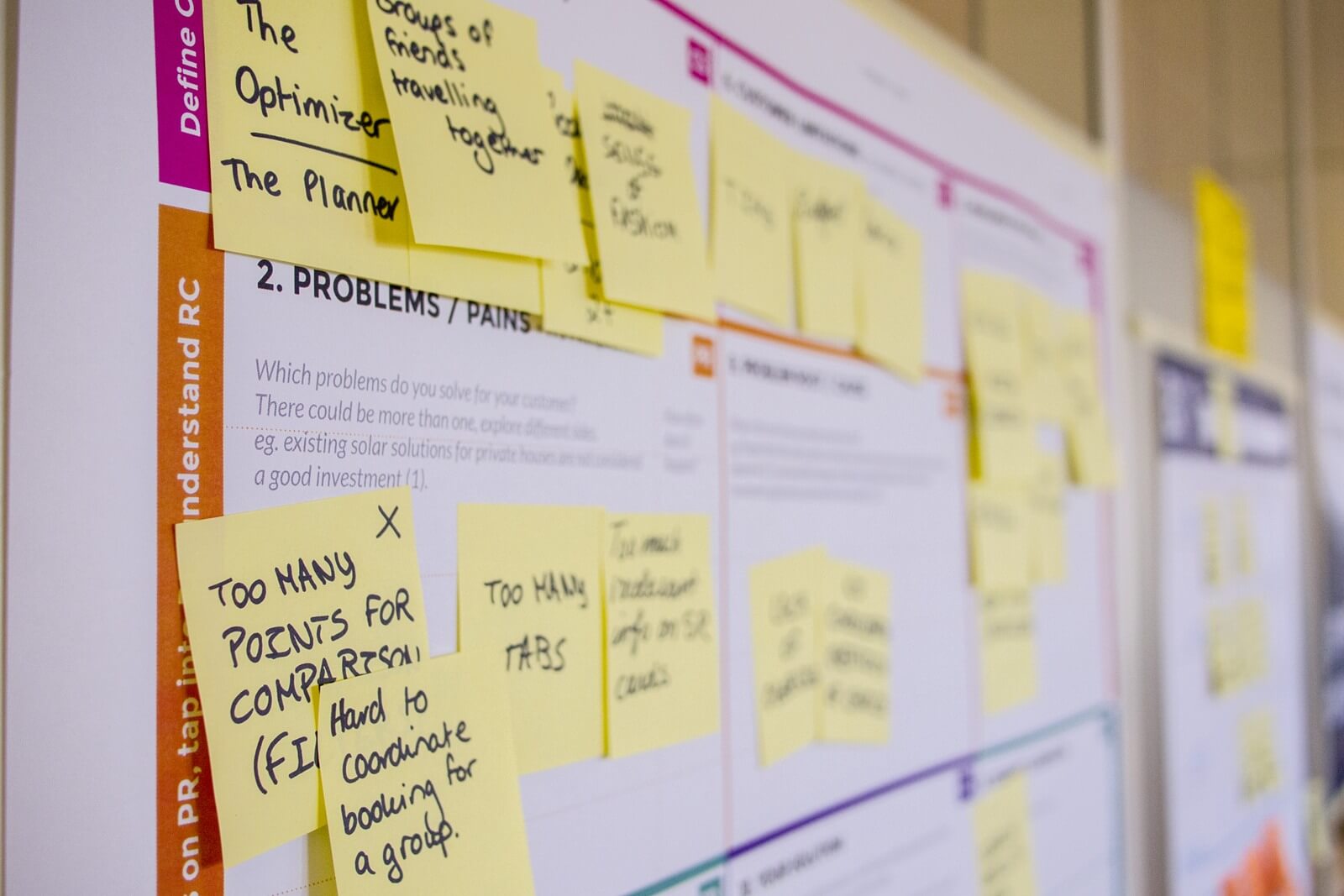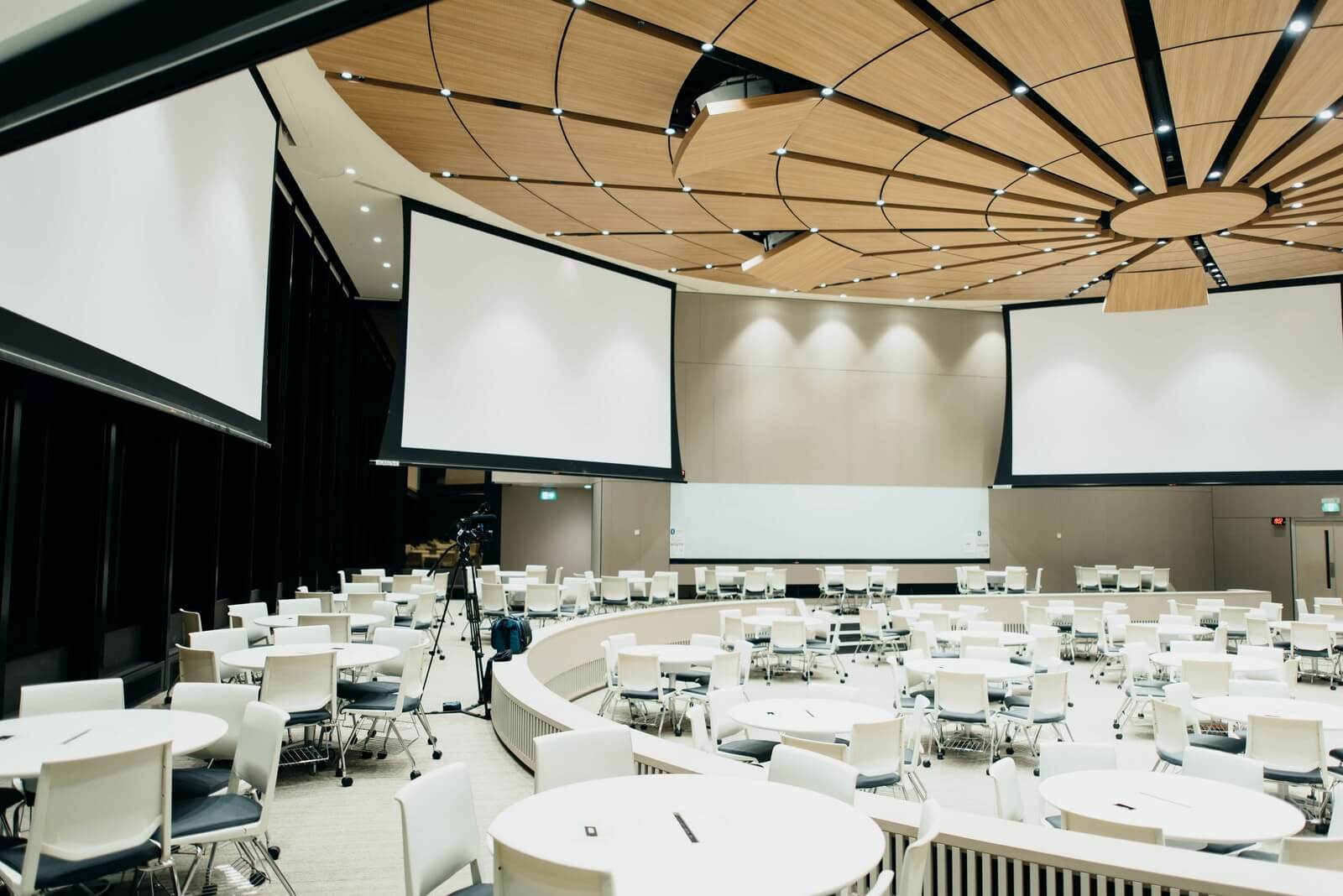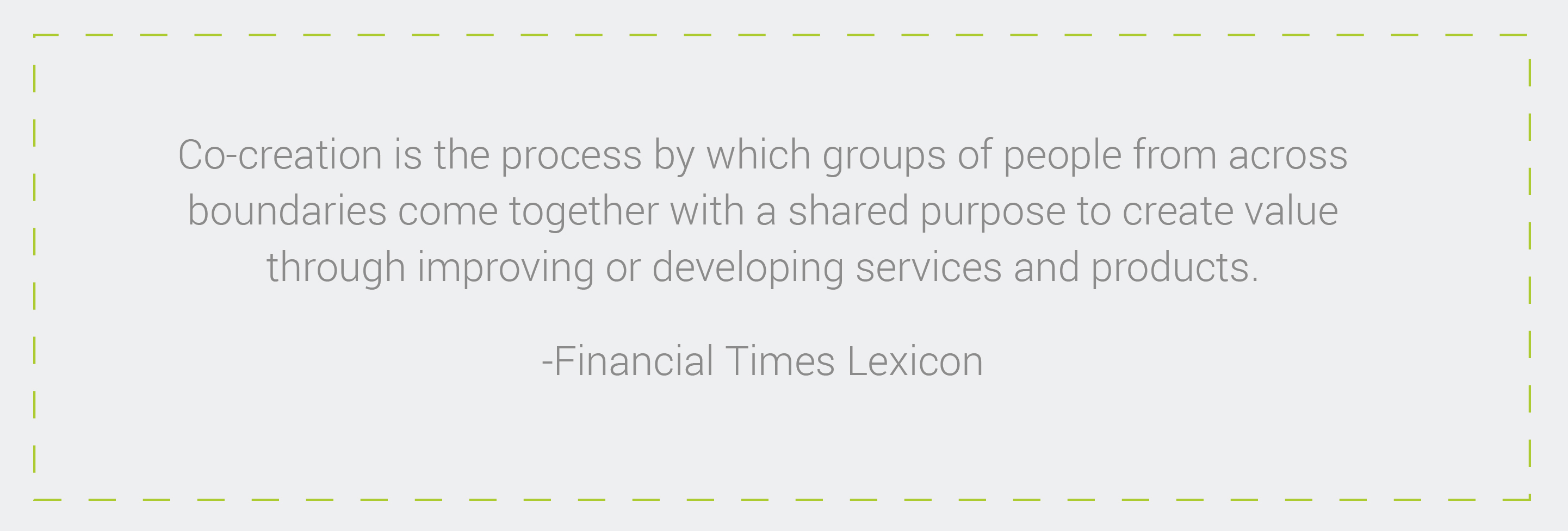Space Design
Earlier this week we spoke about the need for office spaces to stimulate creativity and innovation. Today we’re excited to share our favourite creative work spaces from around the world…let us know what you think. Do you wish your work space was like one of these?
It is very important to bring context to the design of your office space – it must be relevant to the work your company does. Simply introducing some quirky furniture, a foosball table and using bright colours isn’t the answer; unless of course, that is what is relevant to your work!
Here are some offices that have designed creative work spaces that are relevant to what they do, nudging their inhabitants’ creativity in the direction of their respective companies’ cultures.
Pionen Data Center, Stockholm
The location of Pionen’s data center makes for a dramatic setting. When the company got hold of this space which used to be a nuclear shelter during the Cold War era, they didn’t miss the opportunity to create something truly ‘cool’.
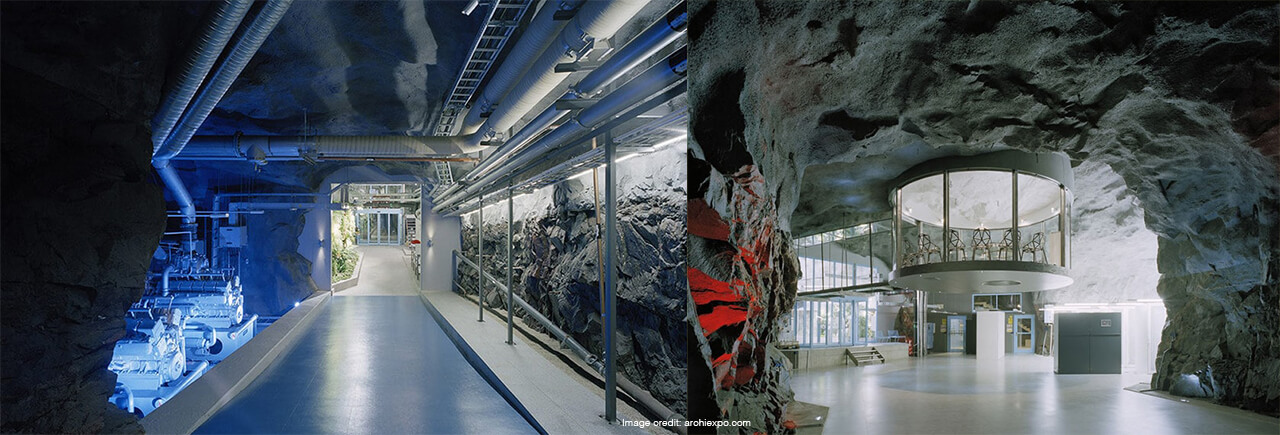
Located 100 feet below ground, the office is like a space station, complete with greenhouses, artificial waterfalls and simulated daylight. In fact, the inspiration behind the design was 70’s sci-fi movies – the perfect setting for a ‘high security data center’!
This is a great example of a design that puts humans first and boosts employee morale, even though only around fifteen people work here.
Rather than just concentrating on technical hardware we decided to put humans in focus,… Of course, the security, power, cooling, network, etc, are all top notch, but the people designing data centers often (always!) forget about the humans that are supposed to work with the stuff.
– Jon Karlung, CEO at Bahnhof (the ISP behind Pionen)
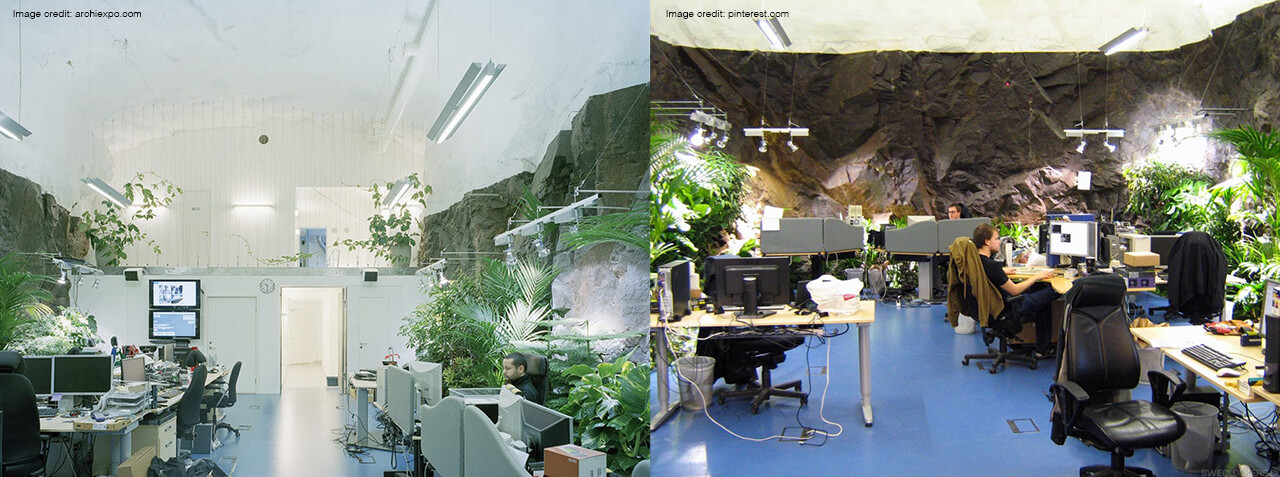
If an office space whose conference room floor resembles that of the Moon, whose entrance door is 16 inches thick and can withstand the impact of a nuclear bomb doesn’t make you feel important, we don’t know what will!
Zynga
Social game developer Zynga definitely lives out their company culture at their headquarters in San Francisco. Their office plan has an atrium in the centre of this 6 storey building and open work desk layouts.
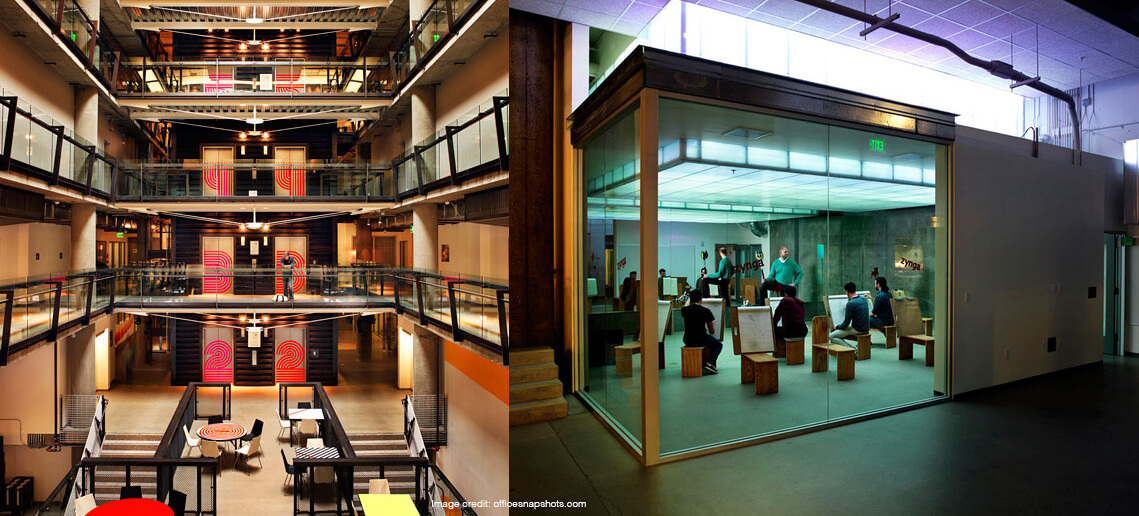
Everything about the space screams ‘social’ and ‘fun’. It allows for pet visitations and has an informal casual environment, which encourages creativity, and allows employees to feel comfortable in their own skin.
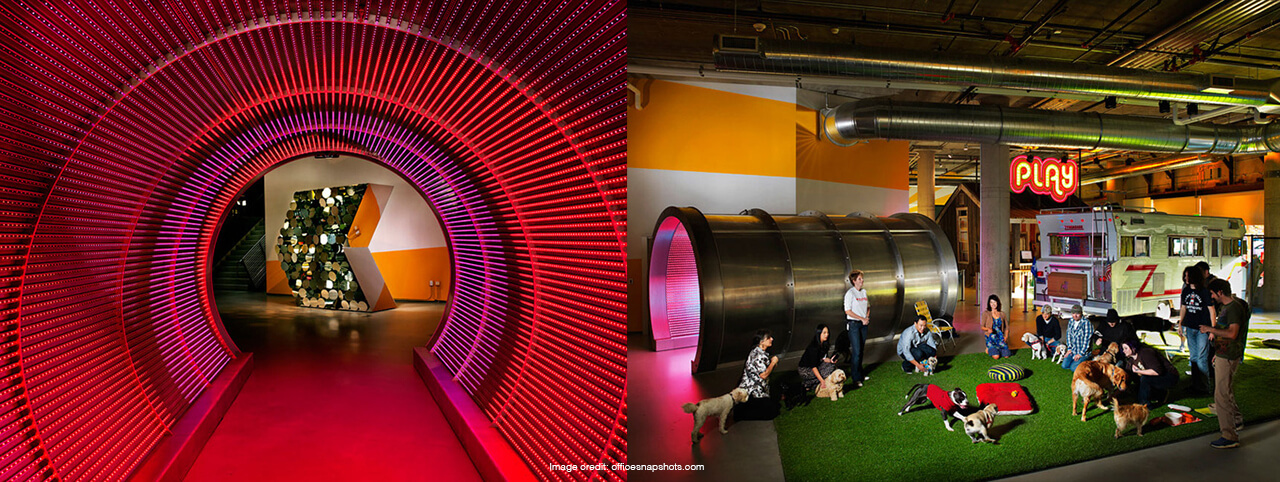
Rolex Learning Center
This one is not an office, but still is a work space in a sense, for students to learn, experiment and ideate. Part of the Swiss Federal Institutes of Technology, The Rolex Learning Center in Lausanne, houses one of Europe’s largest scientific libraries (with over 500,000 printed works), a cafe and food court, workspaces, a multi purpose hall and a bookshop amongst other things.

Designed by Japanese architectural duo SANAA, this unusual, undulating building is evocative of the way humans interact and learn.
Human movements are are not linear, like the way a train moves, but curve in a more organic way.
With straight lines we can only create a crossroads, but with curves we can create more diverse interactions.
– Ryue Nishizawa, SANAA
The open design integrates with the idea of continuous discovery and endless possibilities – key elements and desired outcomes of learning.

Selgas Cano Architecture Office
Research suggests that working close to nature improves creativity and productivity. Architectural firm SelgasCano’s office in Madrid is the epitome of biophilic design, with their office being located in the middle of a forest!
The tubular building, which has one entire wall and a part of the ceiling made of glass, is half sunken into the forest floor, which means that one is at eye level with the forest floor when sitting at one’s desk.

Needless to say, there is no need for artificial lighting inside the office during the day and one only has to look out of the window or up at the ceiling for inspiration and to enjoy the many soothing and motivational benefits of being ensconced in nature, such as falling leaves, wildlife on the move or the changing daily and seasonal forest landscape.

Workbench Projects
Right here, in the hometown of Zeitgeist, Bangalore – India, is a workspace that really makes you want to jump in and tinker with something the minute you enter!
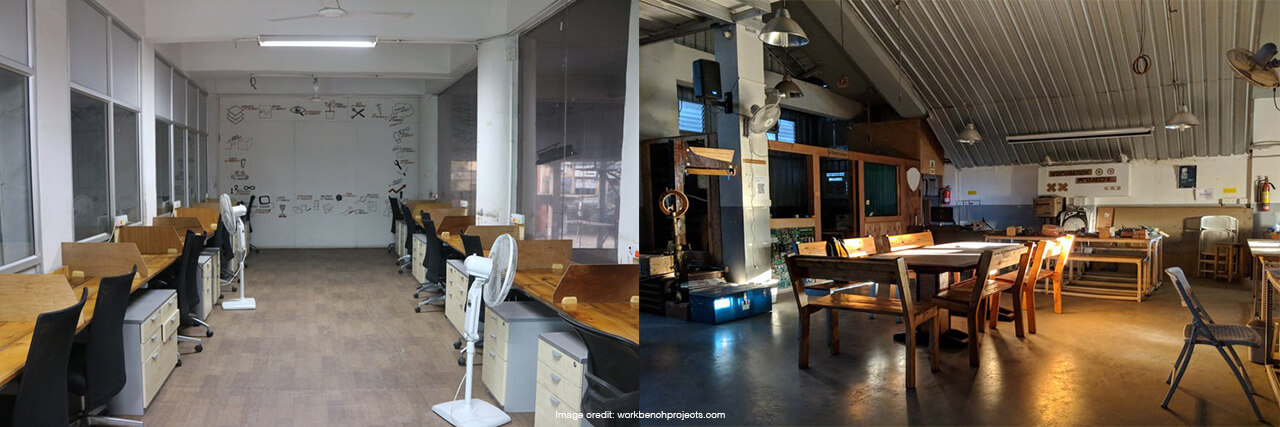
Workbench Projects, located under the Ulsoor Metro is a place for inventors and learners to prototype and test their ideas. This makerspace is split into several sections so there are areas for discussion, laser printing, designing, woodwork and electronic projects – all with a very ‘workshop’ vibe to it, motivating you as you rub shoulders with others working on something that just may be the next big thing.
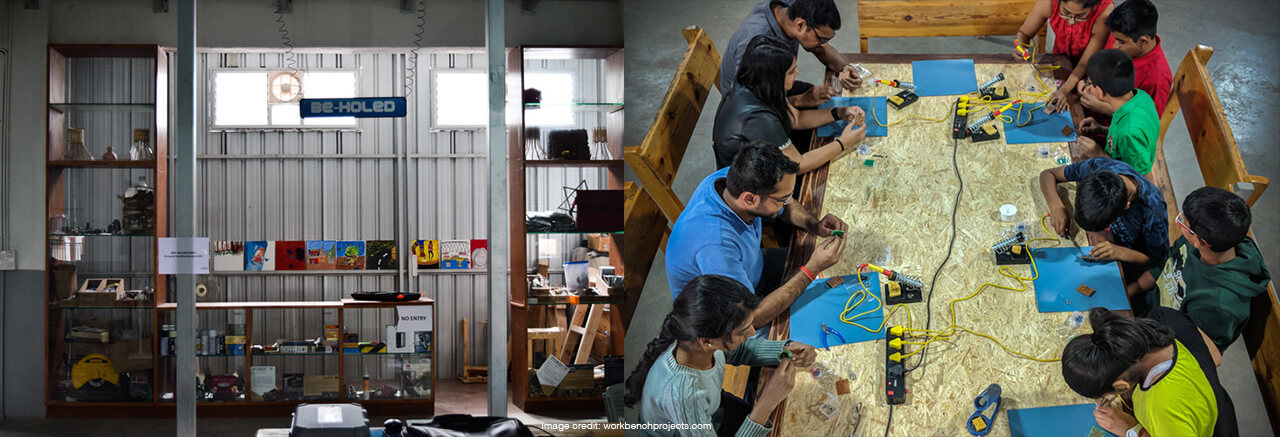
These examples bring out what we spoke about in our earlier article, How To Design An Office That Stimulates Creativity, and clearly highlight how an office environment can go a long way in not only encouraging innovative thinking, but also other important elements, such as boosting employee morale, subtly nudging one towards a change in corporate culture, and gently breaking down the barriers that prevent networking and exchange of ideas.
Need some ideas on how to make your office space one that induces creativity for your particular line of work? Zeitgeist can help – reach out to us today!


